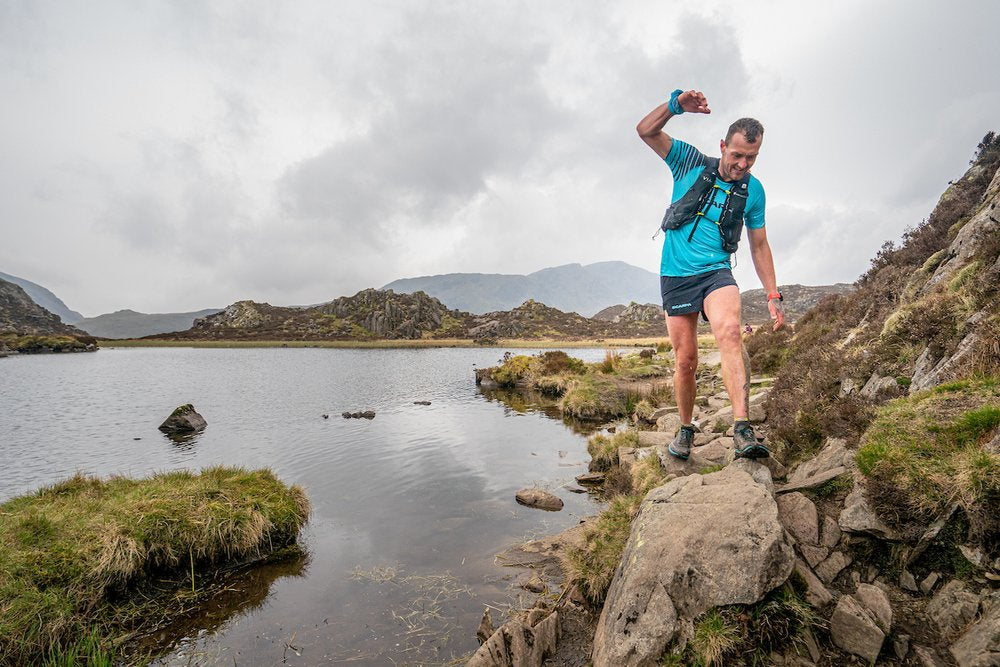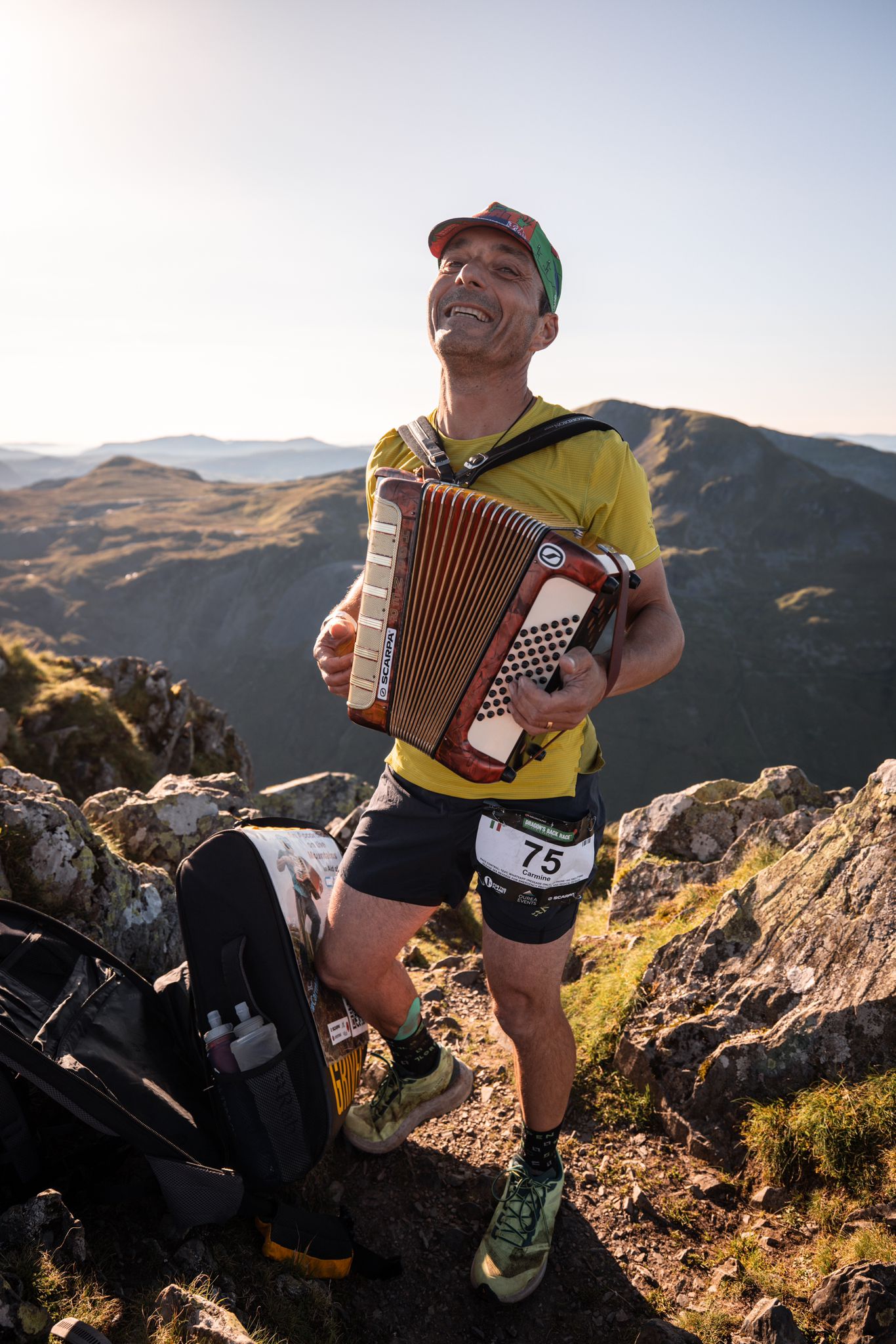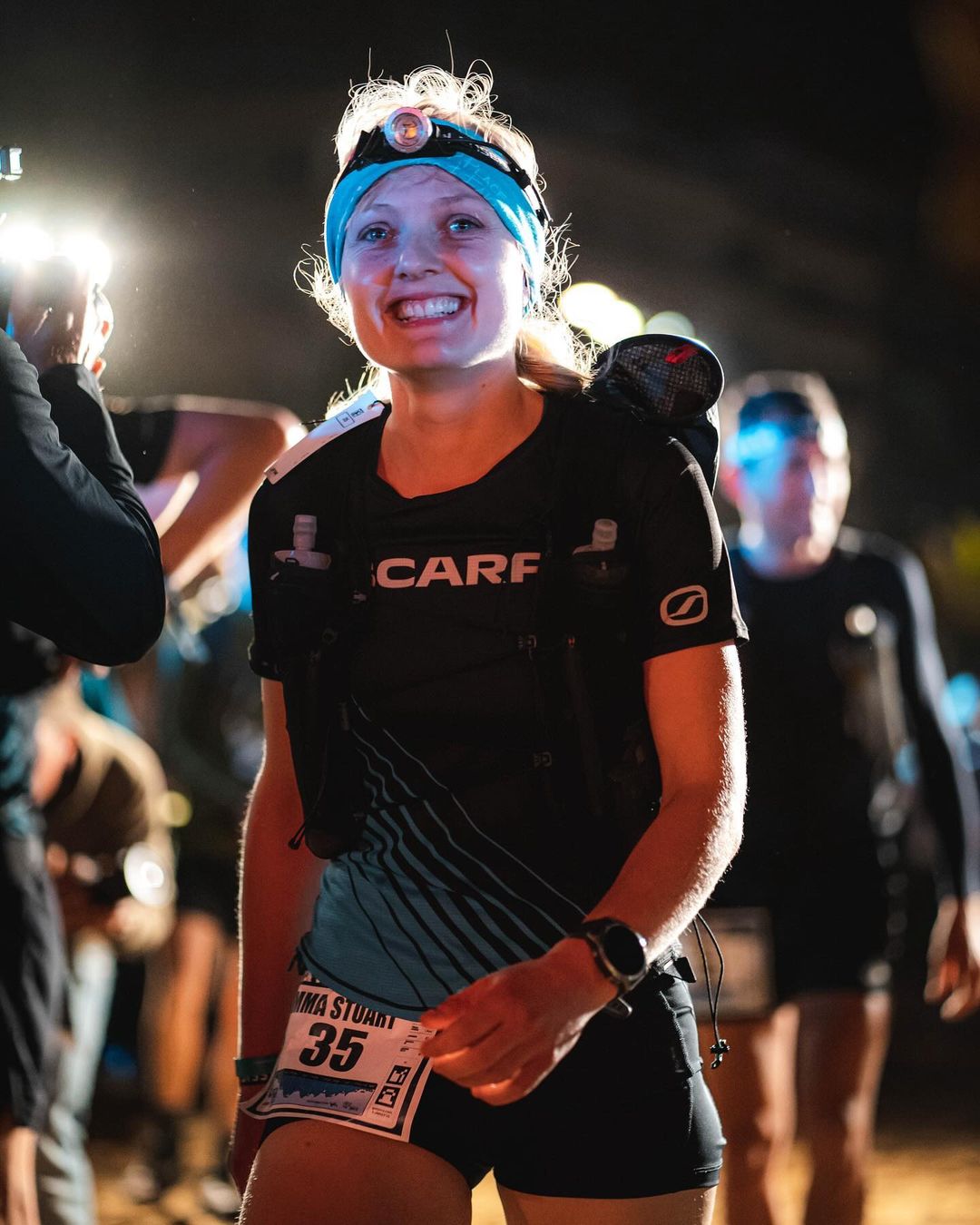Dealing with bad conditions, we’ve all been there. Battling against the elements to reach our goals. Sometimes it is best to call it off for another day and sometimes you can push through. The mental and physical battle with the elements can be tough, so how do you deal with bad conditions?
In this blog we have collected some advice from our Scarpa Team on dealing with bad conditions.
Richard Bentley
“Remember, that you choose to be there. You chose to be on that route in the mountains. Maybe you are scared, cold, and doubting yourself. But you choose it. There’s lots in life that you don’t get to choose about, but this is something you do. Because you know that without the uncertainty, climbing is meaningless.”
Robbie Phillips
“Patience and sometimes a bit of Persistence. I’ve battled poor climbing conditions on everything from hard boulders to gnarly big walls – if you’re patient and wait for the connies, they will come, you just need to be there and ready for when it happens. But occasionally being persistent also helps… I’ve fought my way up climbs in the poorest of conditions and come out on top. This tactic doesn’t always work, but it’s good to remember that you don’t always need it to be perfect to climb hard!”

Uisdean Hawthorn
Be proactive not responsive. When I read the chimp paradox several years ago, I wrote that down in a notebook. It’s useful for all sorts of things but in terms of when conditions are against you in the mountains I simply mean, put the effort in to be proactive all the time.
Check the weather, assess a slope, put gear in before the climbing gets hard, and pack your bag properly, all are easy things. But it’s always easier to relax and be responsive to things but that’s when things start to go wrong.”

Ted Kingsnorth
“These days I usually try to be tactical and wait for a better opportunity rather than force it when conditions on limestone sport routes are too warm/cold or its too wet. No point wasting valuable time and energy and skin – best come back on a better day and train instead.
That being said, sometimes, its worth having a go though if you’re already at the crag as you never know. The pressure of no expectations might just see you to the chains. The day I sent Progress last June was in the middle of a heat wave – I waited till mid afternoon when it had cooled down just enough and before I knew it, I was shaking out in the kneebar after the main difficulties, getting psyched for the final roof!”
Tom Hollins
“You have to embrace it and learn to love the challenge it brings. That way success is all the sweeter.”
Eliot Stephens
“Have patience. The typical response to bad conditions is usually ‘carry on and try harder!’.
While I think this is sometimes the way, I generally think exercising some patience and waiting for better conditions is the smarter move. But with that said, sometimes you just have to grit your teeth and sacrifice some skin to get a send.”

Emma Twyford
“You have to just turn up and try, sometimes it is frustrating but those days count too and make the good cons days feel even easier.”
Calum Muskett
“Mountaineering when conditions are against you can provide an incredible psychological challenge with high highs and low lows. It’s the early starts that often get to me, whether I set off from home, a mountain hut or a bivi, bleary eyed and grumpy. Minor obstacles and things not going to plan early in the day can seem overwhelming. I try and frame my effort like a sculptor chipping away at their work. Keeping motivation up is difficult when conditions or energy levels are against you, but my mentality is often to keep looking round the next corner, because inevitably conditions, or energy levels improve.
Just a few days ago I was out with British ski mountaineering champion and top fell runner Finlay Wild. We’d shared a few great and long ski days so far this season and were keen to attempt to ski Mont Blanc in a day from Chamonix before he left. The ascent is approximately 3,800m from town and, though I’ve climbed Mont Blanc some twenty times previously, as well as from Les Houches in a day, flying my paraglider from the summit, I’d never attempted to do so in winter in a day. With it still being early in the season, we were expecting conditions to be more challenging, with deeper snow and colder weather. We’d set a fairly modest ascent schedule of 500m an hour to take into account faffing with kit, transitions and altitude. It quickly became apparent, on the first 1,000m of ascent that conditions were really against us, with cold and unconsolidated snow that our skins kept sliding back from and falling off our skis.
We really struggled the first few hours and having slept relatively few hours in the previous week, with guiding in mountain huts full of snorers and a young baby wanting to be played with at 2am (!), I was really struggling psychologically. It was still so early in the morning however that we had time to slow down, take on some food and drink, and with low commitment push on to see how things pan out. Conditions really improved and our ascent profile switched from close to 400m an hour to 800m an hour as we progressed towards the summit, and we were happily confident we would make it up and down the mountain. Unfortunately, with a little over 1,000m to go, we turned around after discovering the snowpack was too shallow to safely ski, with crevasses exposed and the only other two ski tracks from the previous days led into a cavernous crevasse, which it seemed the skiers were lucky to survive! Whilst it was a disappointing outcome to a big effort and an early start, it was also a great experience with a good friend that had some excellent skiing, and a good excuse for a burger and chips in Chamonix on our return!”

Howard Dracup
From a training perspective, I think during winter, it’s always really handy to have some kind of a “why”? or a “why am I doing this”?? When I have my “whys” established it gives me more motivation and helps keep me focused on the end goal which is more than likely a race. Your why doesn’t have to be a race though, it can be absolutely anything, but it has to mean something to you!
During a race when the conditions are against me, I remember that I am only here where I am right now, because I chose to be and to be grateful for the opportunity!
If ever it gets really bad, like I’m at a low point and I feel like quitting, I won’t quit on the trail there and then, I tell myself I’ll do it at the next main checkpoint and usually by the next checkpoint I’ve pulled myself together!
Molly Thompson-Smith
“I remind myself that the conditions are things I cannot control! The best way to approach a climb is to focus on the things that you can control, and try to make the best out of a situation, so if you’ve tweaked a finger, use the injury as an excuse to work on your flexibility.
But sometimes it’s hard to stay positive so that’s when I have to lean on the people around me, and go to them for some comfort and support. It’s not possible to always be 100%, so staying real with yourself will allow you to choose the best day to tackle a challenge!”
Want to get the latest from our athletes? Follow us on Facebook and Instagram.



